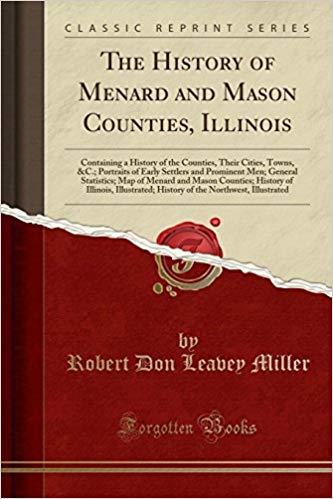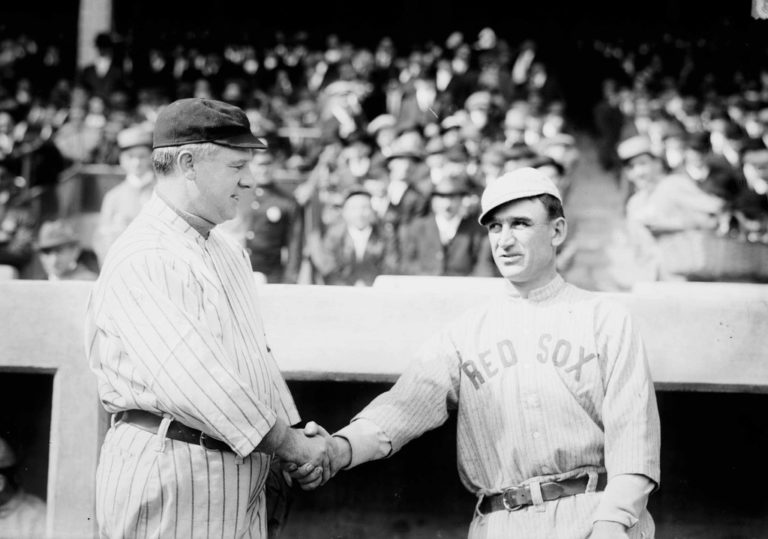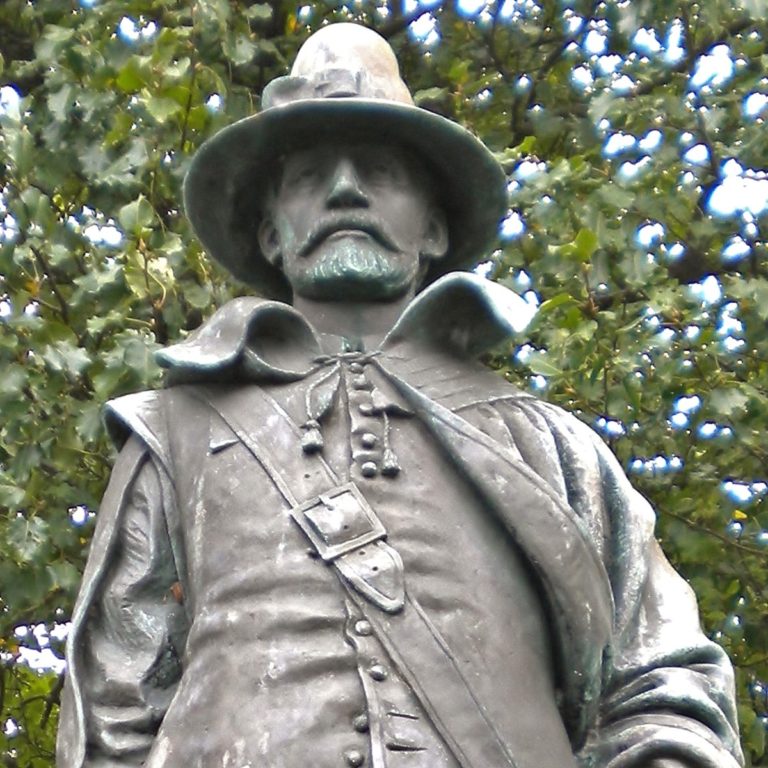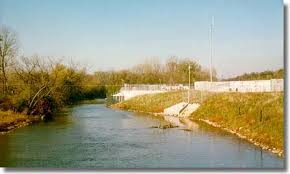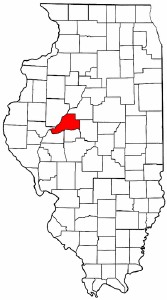Salt Creek History part 2
The same year, 1837, George T. Virgin settled a quarter of a mile further west on the place now owned and occupied by Kinzey M. Virgin, son
of Abram Virgin. George was more of a domestic nature, and employed his
time and energies in making home pleasant, not caring so much for stock nor
for acquiring all the land joining him. He was a large, corpulent man, of
Herculean strength, and, as is usually the case with such persons, sedentary in his habits, enjoying life as he lived and letting the future take care of itself,
though not by any means shiftless and improvident. His wife, however, whom
everybody called ” Aunt Alcy,” was a prodigy of ambition and neatness, and so
far as her dominion extended, she “hewed to the line.” No sacrifice of personal comfort or demand of labor was too great for her to make for the sick and distressed,
and of her it may truly be said, she ” went about doing good.” To accommodate the people in that vicinity who had to depend almost entirely upon Havana,
twenty miles away, for their groceries, Mr. Virgin fitted up a room of his
house, about 8×10 feet, and kept a small stock of coffee, sugar and the very
few other kitchen necessaries of that day. When the demands of the community required it, he moved his store into a log house on the side of the bluff,
about fifty yards east of the house as it now stands, where he added a general
assortment, that is, a general assortment for those days, which was far within
the limit of the present day. When this became too small, he built a store- house at the foot of the bluff, southeast of the graveyard, which, after a few
years, was moved to the little town of Hiawatha, of which farther on. Mr.
Virgin’s unfortunate death in January, 1855, occurred as follows: The family
had been using a preparation of corrosive sublimate to poison vermin, and kept
it on the mantel with other bottles of medicine and liquids, such as they had fre- quent occasion to use. In the night, Mr. Virgin, having some pain from colic, to which in a light form he was frequently subject, got up and went to the mantel to take a swallow of camphor, which was always kept in that place. He thought
he knew the bottle well enough to select it without a light, as he had often
done before, but by some strange fatality, he took a swallow from the bottle of
poison instead of the camphor, and, although the mistake was discovered
immediately and medical aid secured as soon as possible, the deadly drug
resisted all remedies and he died a week after. The widow died of cholera at the old homestead in 1873. They had no children.
The same year, 1837, Rezin Virgin, another of the brothers, entered and
improved the place now owned and occupied by Edwin E. Auxier. In the course of a few years, Rezin entered quite a considerable tract of land on the
north side of the grove, and, marrying the widow of Ephraim Brooner, one of
the early settlers of Mason City Township, improved his lands and settled
down out there, in a log house on the south side of a large pond. From here,
he moved to a house on his farm about a mile further northeast, where he died
in 1872, and his widow a few years later. Rezin was a man of great energy,
though physically weak all his life, and one of the most peculiar and eccentric
persons in the whole country, on account of which he was known far and near.
No one that had become even casually acquainted with him could ever forget ” Uncle Reze.”
Abram Virgin, the other of the four brothers, the same year (1837) settled
up in the eastern part of the grove in a log hut, as was the prevailing style of
architecture in those days. He engaged in stock-raising and agriculture, and
went through the hardships and deprivations common to those times. In 1858,
he was afflicted with a mental malady that made it necessary to confine him in
the Insane Asylum, at Jacksonville, for awhile. He was soon, however, restored
and ” clothed in his right mind,” and returned home, where he lived and directed
the affairs of his farm until he died of the scourge of cholera, which swept
through this section in 1873. His wife was also stricken down of the dread
disease, but lived a helpless, bedridden invalid until 1877, when she died also. She, “Aunt Betsey,” as she was familiarly called, was the friend and helper of
the sick, afflicted and distressed. They had a family of several children, five
of whom are living in the vicinity of their youthful days.
A year or two later, Abner Baxter, John Young, Ira Halstead and Ira
Patterson settled down in the southwest part of the township. Mr. Young
died in 1848, and his widow in 1862. Of their children, William became an
extensive land-owner and stock-dealer, and made valuable improvements on his
farm, on the north side of the grove from the paternal homestead, where he
died in 1865, leaving a widow (now the wife of J. H. Lemley) and several chil- dren, the oldest of whom, of the boys, Thorstein, now being married, occupie*
the home place.
Ira Halstead was a blacksmith and a Methodist minister, and about twenty five years ago, moved to Wisconsin, where he still lived when last heard from.
Ira Patterson was a Justice of the Peace, a school-teacher, and went to Oregon
about 1850, and was appointed Territorial Governor there a few years afterward. He is one celebrity of the pioneer days of this township that it is well
to rescue from the ever-increasing obscurity of tradition. The place where he- lived was a hewed-log house at the foot of the bluff below the mouth of Salt
Creek, later known as the Will Henry Hoyt place.
On the place next adjoining this on the east, the Armstrong family settled
in 1854, too late a date for a pioneer special mention, but historical from the- fact that ” Uncle Jackey
” and ” Aunt Hannah,” as they were familiarly called,
furnished a home to Abraham Lincoln when he was a young man, and it was
by the light of their fire Lincoln stored his mind with much of its fund of general information, in the reading of such books as he could obtain ; but this
occurred in Menard County, and will appear in its proper place in the history
of that county. But the gratitude of Mr. Lincoln continued with this family
as long as he lived, and was manifested in various ways, even after he became
President of the United States. In 1857, William (Duff), who now occupies the old homestead, was indicted
by the grand jury of this county as one of the parties to a murder committed
at a camp-meeting held in the grove near George Lampe’s place, of which
hereafter, and Lincoln, then a prominent lawyer in Springfield, voluntarily
defended and cleared him, without fee and as a token of gratitude to the old
mother, who had then become a widow by the death of her husband, about a year before.
In 1841, John Swaar settled on a forty-acre lot, the northwest quarter of the
southeast quarter of Section 35, in Salt Creek bottom, from whom ” Swaar Ford,”
on the creek south of that place, took its name. A few years later, he moved to a forty-acre purchase which ^he entered, on the north side of the grove, where
he built a log hut on the site of the beautiful and spacious farm residence he
and his family now occupy. By industry and frugality this family has
acquired an extensive body of land, and deal largely in stock. Mr. and Mrs.
Swaar are now the only living representatives of the pioneers of this early day
that have lived in the township continuously from that day to this, and with
the exception of the Clark brothers, and, perhaps, a very few others, none of
whom are now residents of the township, they are the only representatives of
adult age of that time, living. John Auxier, and his brother Eli. who came out
with the party from Ohio in 1837, married, several years later, and settled on
the north side of the grove ; John, on the place now composing part of D. W.
Riner’s body of land, and Eli on a forty-acre tract north of it (which is now
owned by George Swaar), where he died in 1848. His widow is still living,
but in feeble health, with her son, Rev. E. E. Auxier, down near Salt Creek.
John Auxier, to accommodate his propensity for feeding stock and enlarge his
landed possessions, bought a large body of land at the east end of the grove
and built a log house on top of a high bluff, a quarter of a mile south of
where the M. E. Church now stands, where he died in 1857. His widow and
children now have all removed to a farther western country.

